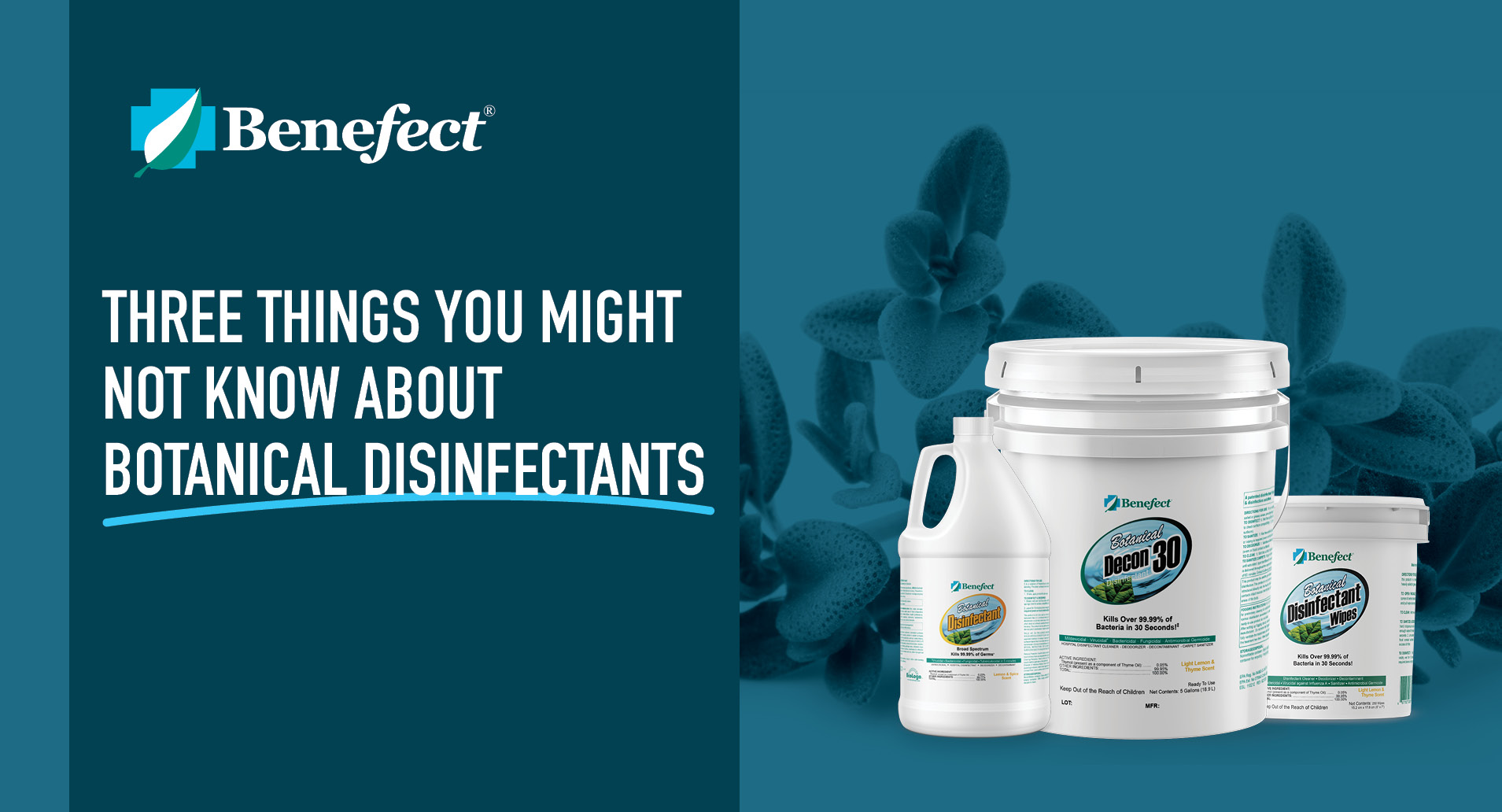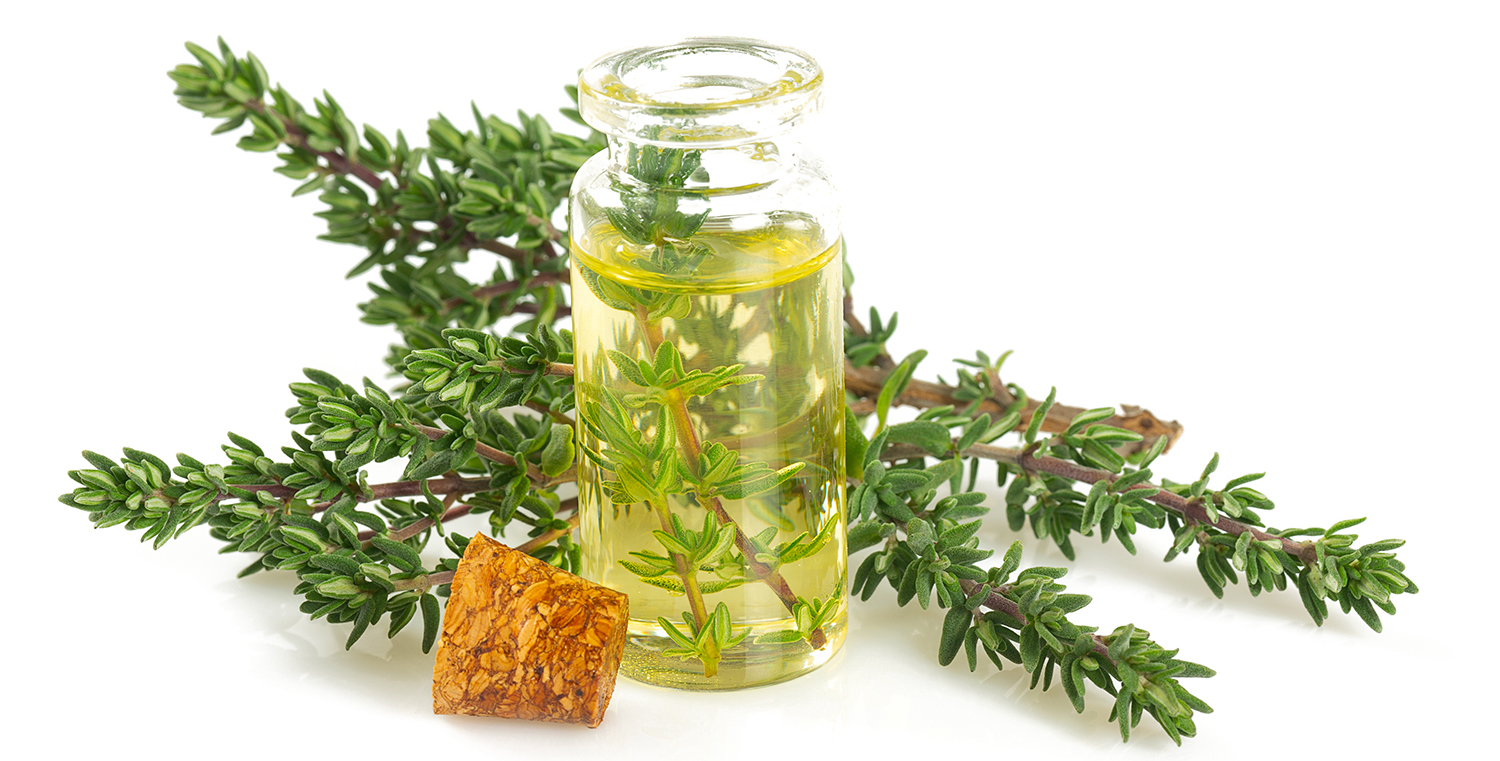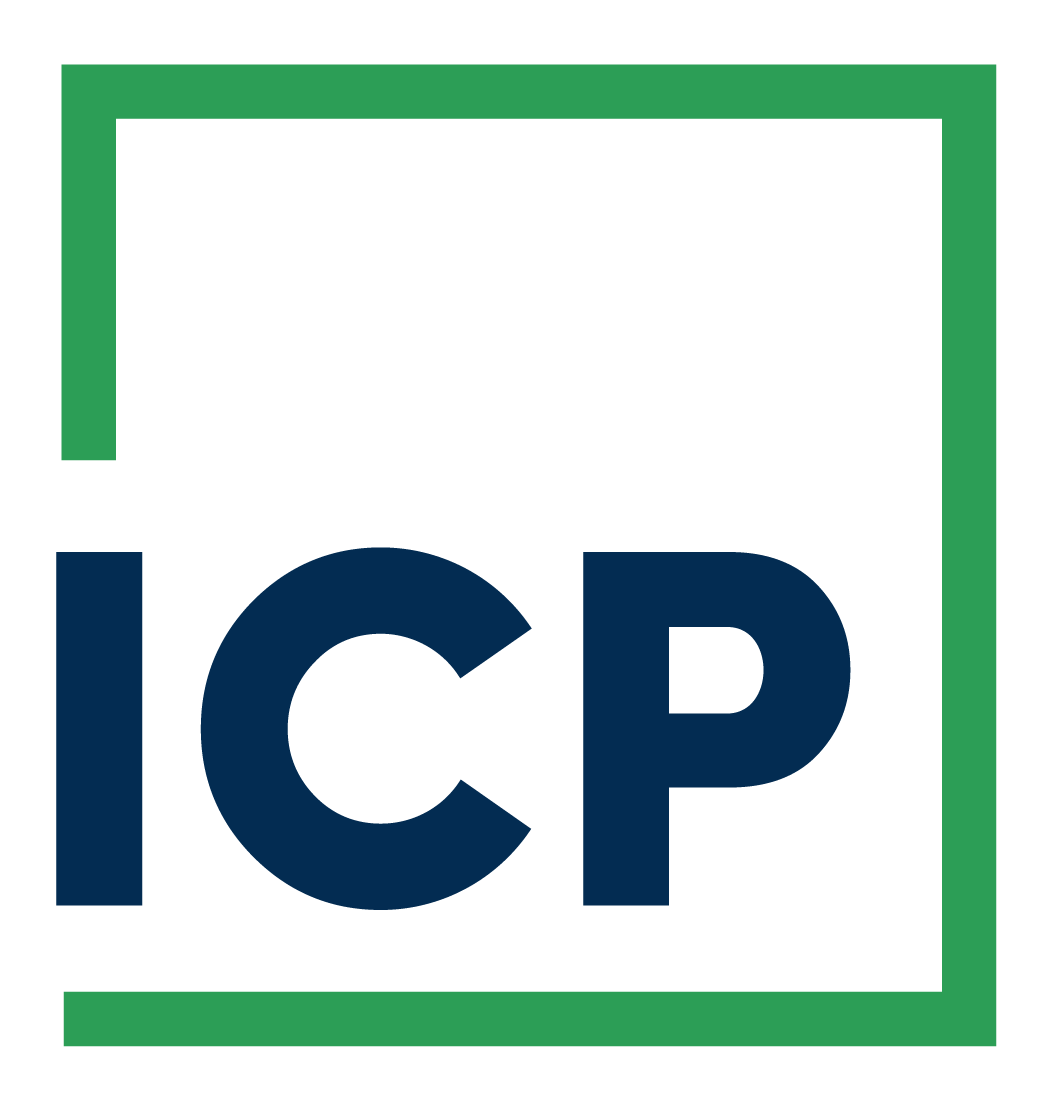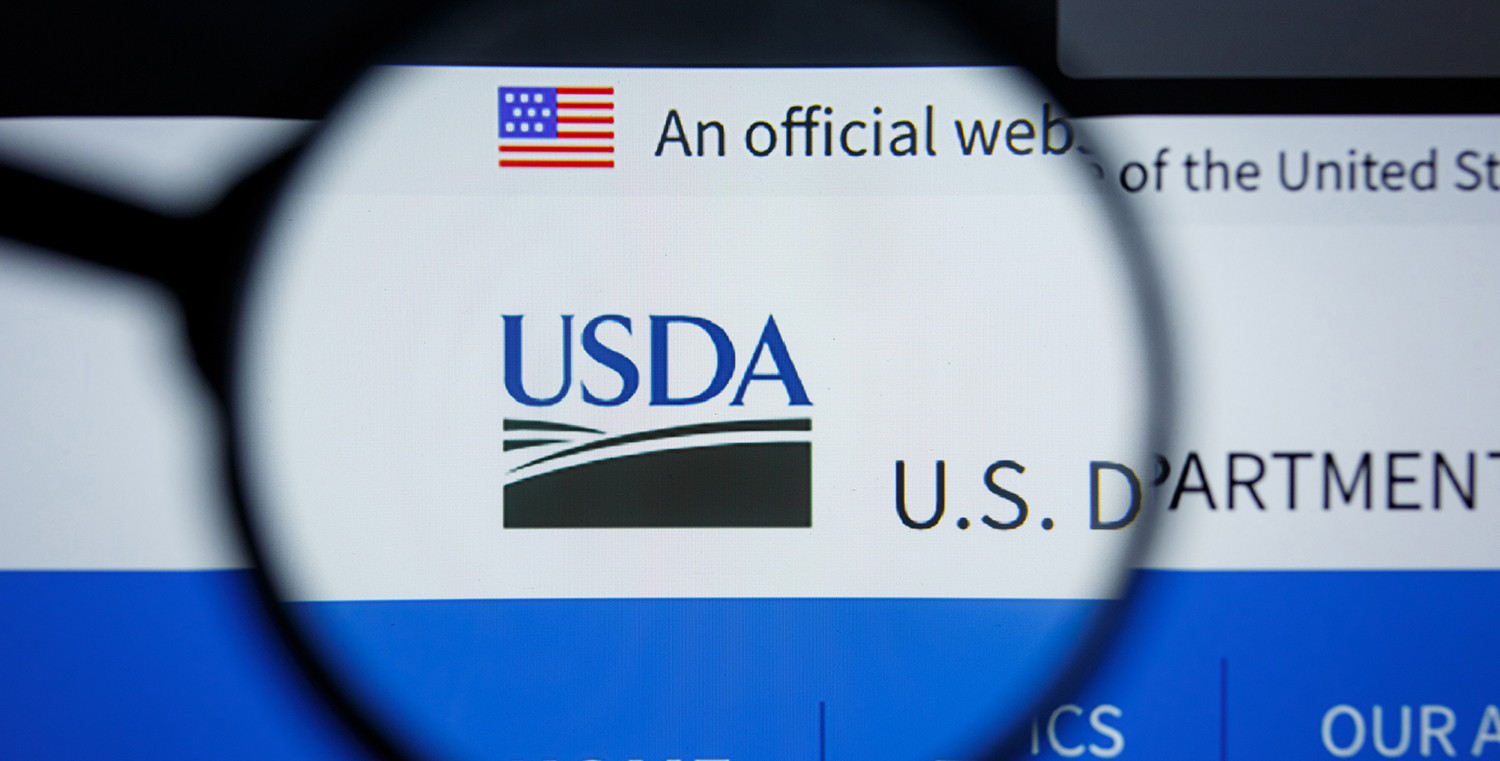Three Things You Might Not Know About Botanical Disinfectants

Authentically botanical disinfectants allow hospitals to take a holistic approach to ensuring health and safety of patients, visitors
Hospitals and health care facilities have always had some of the strictest cleanliness protocols, but never more so since the onset of the pandemic. Every aspect of surface disinfectant has been heightened.
With the emergence of new COVID-19 variants and the threat of an active flu season ahead, facility managers must constantly evolve their disinfectant practices to ensure both the health and safety of patients, visitors and staff. They must look at every aspect of the commercial disinfectants they choose to not only ensure efficacy, but also to protect vulnerable populations and those with a weakened immune system from harsh chemicals.
Botanical disinfectants have grown in popularity for this reason – they are considered both safe and effective. But do you understand the science behind botanical disinfectants? Do you know what to look for to get the maximum benefits? What botanical products are best for keeping patients, staff and the environment safe?
 Here are the three things you need to know about botanical disinfectants to help you make the best decisions.
Here are the three things you need to know about botanical disinfectants to help you make the best decisions.
- Authentically botanical disinfectants are 99.99%+ effective and do not carry the same threat of antibiotic resistance as chemical-based cleaners.
While generally 99.99% effective, some common synthetic chemical-based disinfectants are not environmentally sustainable and can lead to antimicrobial resistance because bacteria adapt to the chemicals when they encounter the same formulations repeatedly – which can be of particular concern to hospitals. And those who apply these products are warned to take special precautions, including the use of personal protective gear.
People with certain immune system disorders and other health issues can be particularly sensitive to these chemicals, which can lead to adverse events and negative reactions. Like the protocols hospitals put in place to protect people with peanut or latex allergies, those who have chemical sensitivities need special considerations when it comes to cleaning and disinfecting.
Authentically botanical disinfectants provide that same level of effectiveness – 99.99% or more – yet they do not come with the warning labels and the threat of antimicrobial resistance. Traditional chemical ingredients are replaced with natural essential oils that have been used for thousands of years for their antimicrobial properties.
Authentically botanical disinfectants with ultra-low volatile organic compounds (VOCs) are considered ideal for at-risk populations and are considered skin and eye safe. There is no need for extra protective gear when applying botanical disinfectants because of the pure essential oil ingredients that are still effective against germs.
- Not all botanical disinfectants are created equally – some are chemical-based.
To understand the difference between botanical and bio-based disinfectants, we first need to look at the difference between old organic carbon and new organic carbon.
Old organic carbon comes from the remains of organisms, such as plants or animals, that have decomposed over millions of years and have been exposed to the forces of heat and pressure. Petroleum and coal are examples of old organic carbon that we take from the earth and use as fossil fuels. These resources are not renewable.
On the other hand, new organic carbon comes from live plants and trees that are harvested for use. New organic carbon is considered renewable in that it can be used repeatedly and does not run out because it is naturally replaced.
The term bio-based content refers to how much new organic content there is in an object or substance compared to how much old organic content is used. When it comes to disinfectants, the U.S. Department of Agriculture (USDA) tests the ratio as part of its BioPreferred® Program.
This is relevant to botanical disinfectants because a product that is labeled botanical might contain as little as 25% bio-based content with a portion of the remaining content coming from petroleum-based synthetic botanicals – meaning that those “botanical” disinfectants and cleaners are not as gentle on surfaces and do not benefit the built environment like those with 100% bio-based content.
- Authentically botanical disinfectants should be 100% bio-based.
Authentically botanical means that the product is derived from all bio-based content. One of the most common active ingredients in this type of cleaner is thymol, a constituent component of essential oils that is derived from thyme, oregano or ajwain – all highly renewable resources.
Thymol has naturally strong antiseptic properties and has been used for centuries as incense to purify air, as a natural pesticide and to heal skin infections. Farms have used the same process for centuries to steam and extract the oils for a variety of uses.
That process is still intact and in use today as the basis for disinfectant cleaners, supporting farms of all sizes. From the farm to the shelf, authentically botanical products offer a sustainable way to protect people without the risk to human health or the environment.
How to tell the difference when selecting botanical disinfectants.
There are ways to discern which “botanical” disinfectants are authentic and which contain harsher ingredients:
- Look at the effectiveness. The disinfectant should show 99.99% efficacy against viruses and bacteria.
- Watch for the warning signs. Authentically botanical disinfectants with 100% bio-based content will not include special symbols or warnings on the label, such as flammability or the need for personal protective gear during application. If there are warning signs on the bottle, chances are, it is not truly botanical.
- Reference the USDA website. The USDA has a program where disinfectants are rigorously tested to detect the percentage of bio-based content that is used. Look at the USDA website to ensure you are choosing safe and effective products – for both people and the environment.
So as you continue to research and evolve your disinfectant practices in the face of emerging strains of COVID-19, flu and more, be sure to remember these simple tips for making the best decision for your hospital or health care setting.



